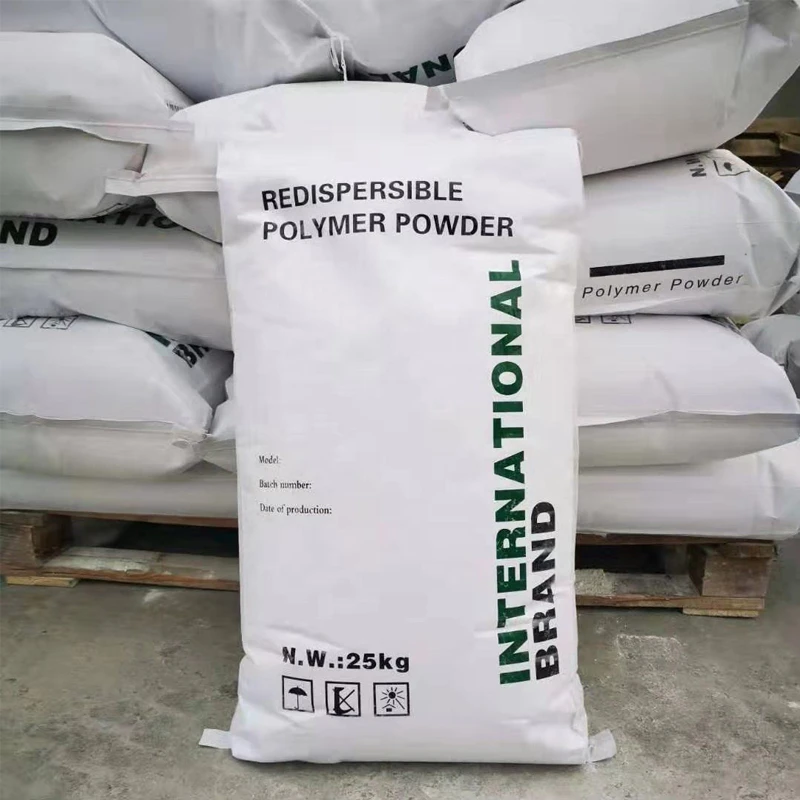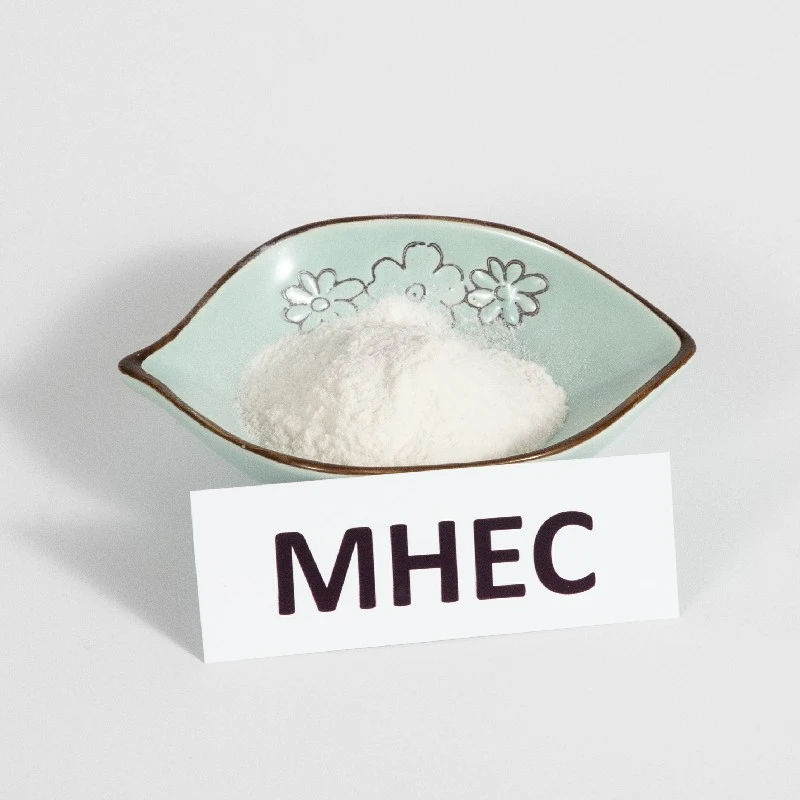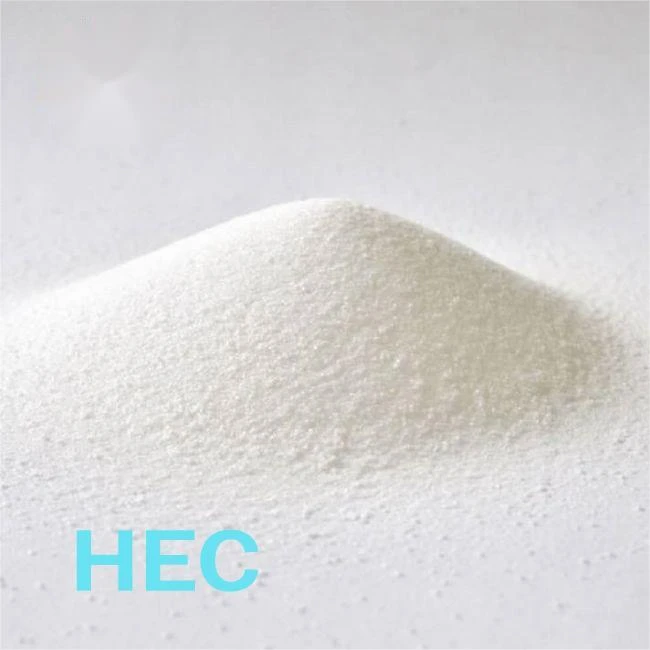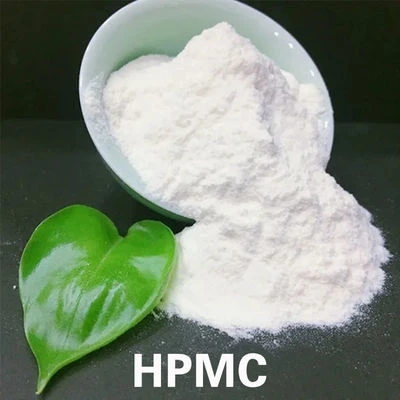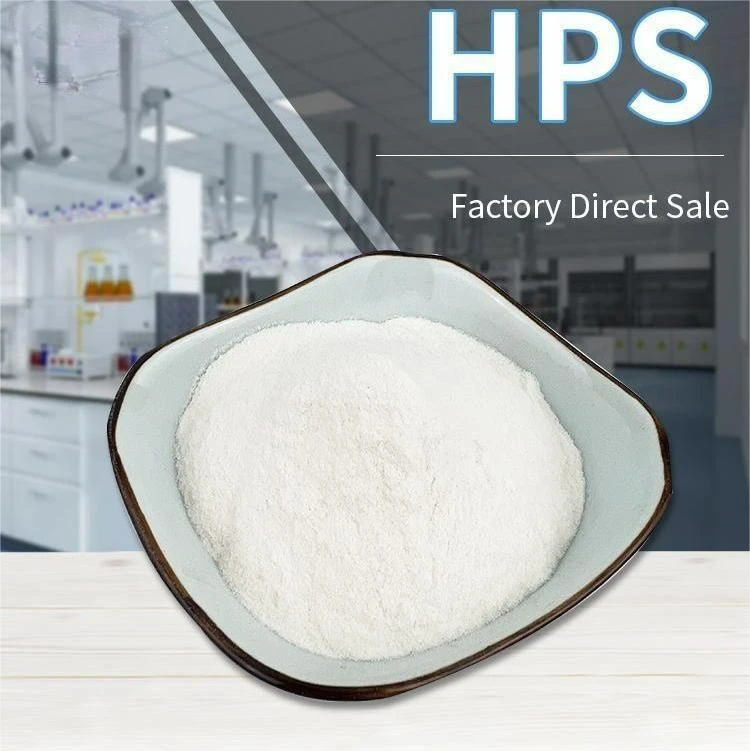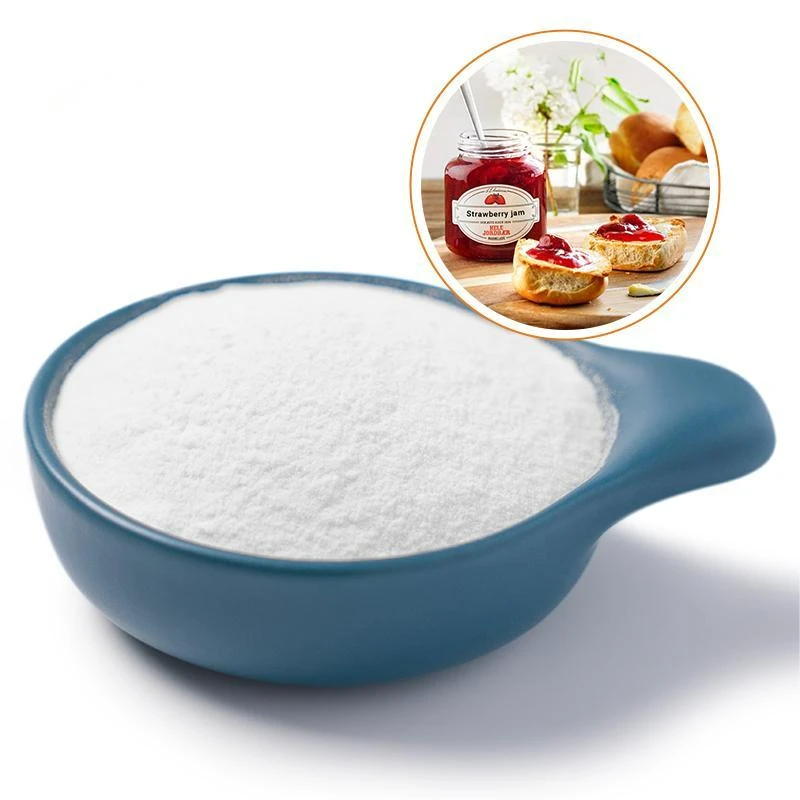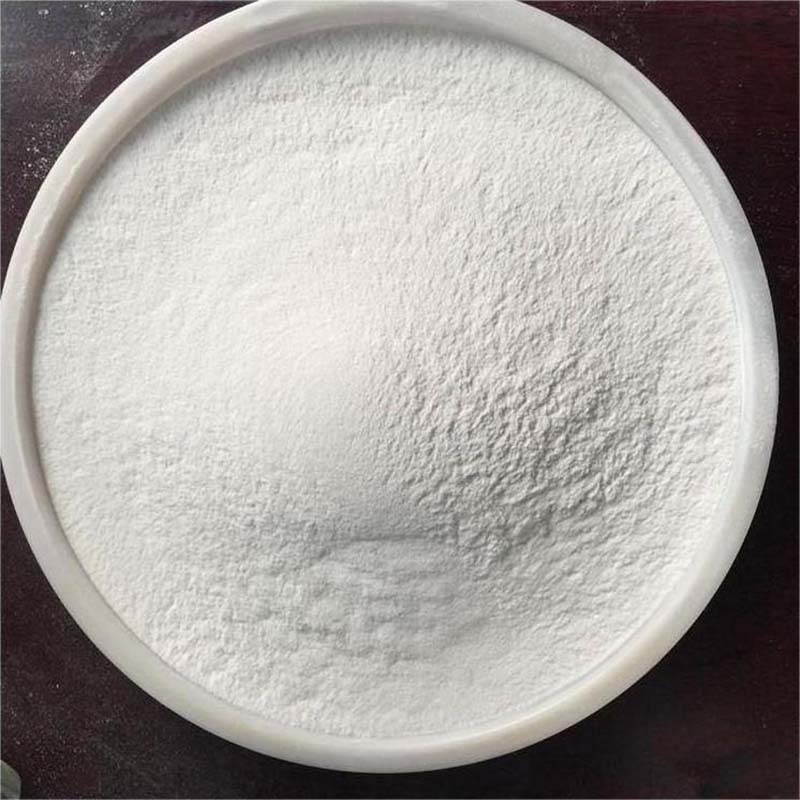High-Quality Reactive Dye Powder for Textile Dyeing & Garment Use
1. Industry Overview: Trends & Growth of Reactive Dye Powder
The global reactive dye powder market has witnessed rapid advancements driven by sustainable fabric processing, high color fastness requirements, and an increased demand for eco-friendly solutions. Estimates suggest the worldwide market size for reactive dyestuff will reach USD 6.3 billion by 2028, with a healthy CAGR of 6.8% (source: Grand View Research).
- Key Segments: textile reactive dyes, reactive garment dye, advanced fiber dyeing.
- Growth Drivers: energy-saving dyeing, low salt exhaust technology, stricter environmental compliance (ISO 14001).
- Market Shift: 54% of premium apparel exporters have shifted to reactive dye powder for superior performance and sustainability by 2023.
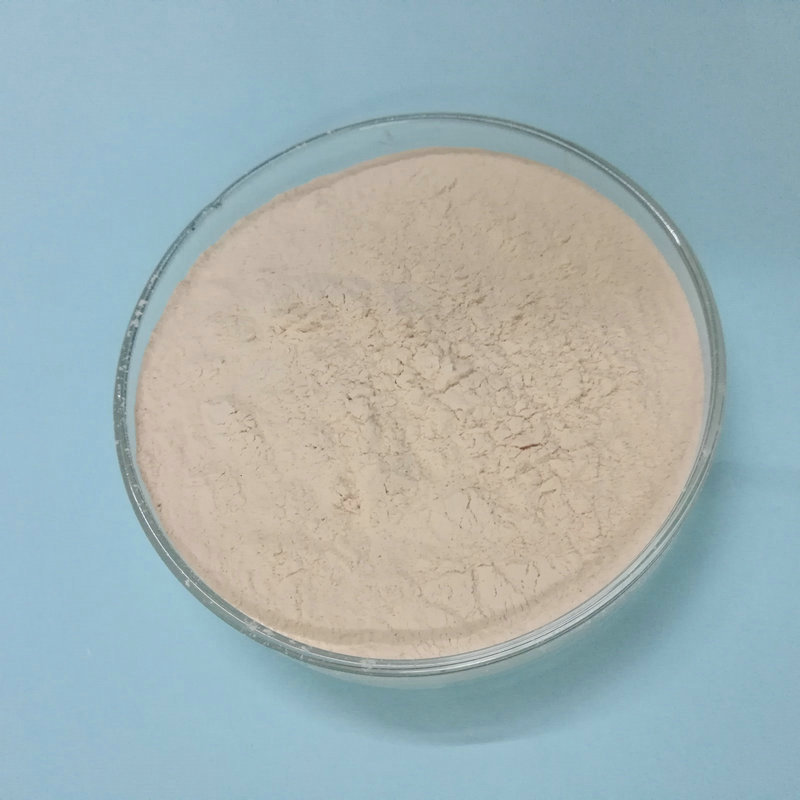
2. Technical Specification & Parameters: What Sets Reactive Dye Powder Apart?
- Chemical Type: Reactive
- Molecular Weight: 350–800 g/mol
- Color Fastness: 4–6 (ISO:105-C10)
- Applicable Fibers: Cellulose (cotton, viscose), wool, polyamide blends
- Solubility: High in water
- pH Range: 10.5–11.2 (application)
- ISO Compliance: 9001, 14001
- Primary Use: Textile, garment dyeing
- Average Particle Size: 8–15 μm
- Purity: ≥90% (tested by HPLC)
- Viscosity: 40,000–80,000 cps
- Moisture Content: ≤7%
- pH: 6.5–7.5
- ISO Standard: 22716, 14001
- CAS No.: 9005-38-3
- Certification: OEKO-TEX, ZDHC Level 3
- Typical Use: High-end textile & garment dyeing
Technical Parameter Table for Leading Reactive Dye Powder Brands
| Brand | Color Strength (%) | Purity (%) | Water Solubility (%) | pH (App.) | Color Fastness | Exhaustion Rate (%) | Major Certification |
|---|---|---|---|---|---|---|---|
| Pezetech | 99 | ≥90 | 99 | 11.0 | 5–6 | 85 | ISO 9001, ZDHC |
| ReactiveX | 97 | ≥88 | 95 | 10.8 | 4–5 | 78 | OEKO-TEX |
| Dyewell | 96 | ≥87 | 94 | 10.9 | 5–6 | 82 | ISO 14001 |
3. Manufacturing Flow: How is Reactive Dye Powder Made?

- Raw Material Preparation: Cellulose and chromophore acids precisely weighed.
(ISO 9001: Particle Size QC) - Condensation Reaction: Controlled reactor temperature at 65–85°C, pH monitored for optimal linkage of reactive groups.
- Filtration & Washing: Multi-stage filtration ensures impurity removal, achieving purity >90%.
- Spray Drying: Atomization converts solution to powder — consistent particle size (8–15μm).
- Quality Inspection: Follow ISO:105-C10 for color fastness, checked via HPLC for chemical structure integrity.
- Packing & Storage: Packed under inert atmosphere to prevent degradation, sealed in moisture-proof bags.
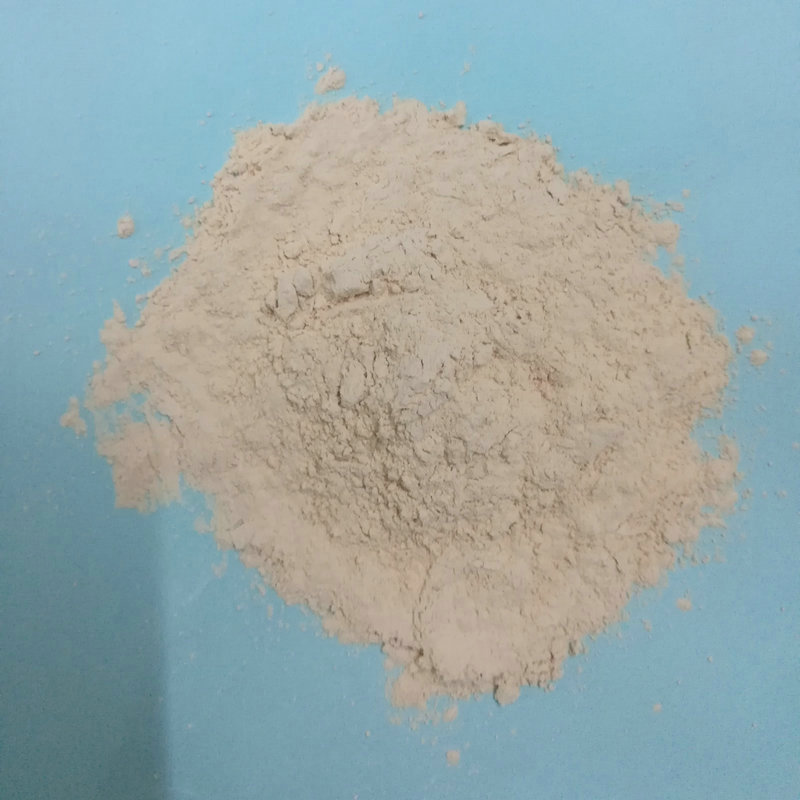
4. Comparative Analysis: Reactive Dye Powder vs Other Dye Types
| Features | Reactive Dye Powder | Direct Dye | Vat Dye |
|---|---|---|---|
| Covalent Bonding | Yes | No | No |
| Color Fastness | 4–6 | 3–4 | 5–7 |
| Eco-friendliness | High (Low salt, ZDHC Level 3) | Medium | Medium |
| Labor Productivity | High (auto liquid feed OK) | Moderate | Low (multiple steps) |
| Process Time | 2–4 hours | 2–3 hours | 4–6 hours |
| ISO/ANSI Compliance | ISO 9001, 14001, ZDHC | ISO 9001 | ISO 9001 |
| Cost-efficiency | Excellent (yield: >85%) | Moderate | Lower yield |
5. Advanced Customization Solutions
Leveraging in-house R&D and ISO-certified manufacturing, Pezetech offers custom formulations for specific textile reactive dyes and reactive garment dye applications:
- Color Matching: 1200+ color shades, delta-E < 2 standard, reproducible batching.
- Functional Additives: Anti-microbial, UV-blocking, non-formaldehyde finish.
- Batch Customization: MOQ: 500kg, customized granulation for automated dosing.
- Certifications: All custom solutions follow ISO 22716 production, ZDHC Level 3, and meet OEKO-TEX eco-passport requirements.
- End-use Industry: Apparel, home textiles, technical fabrics (stone wash denim, performance wear, automotive interiors).
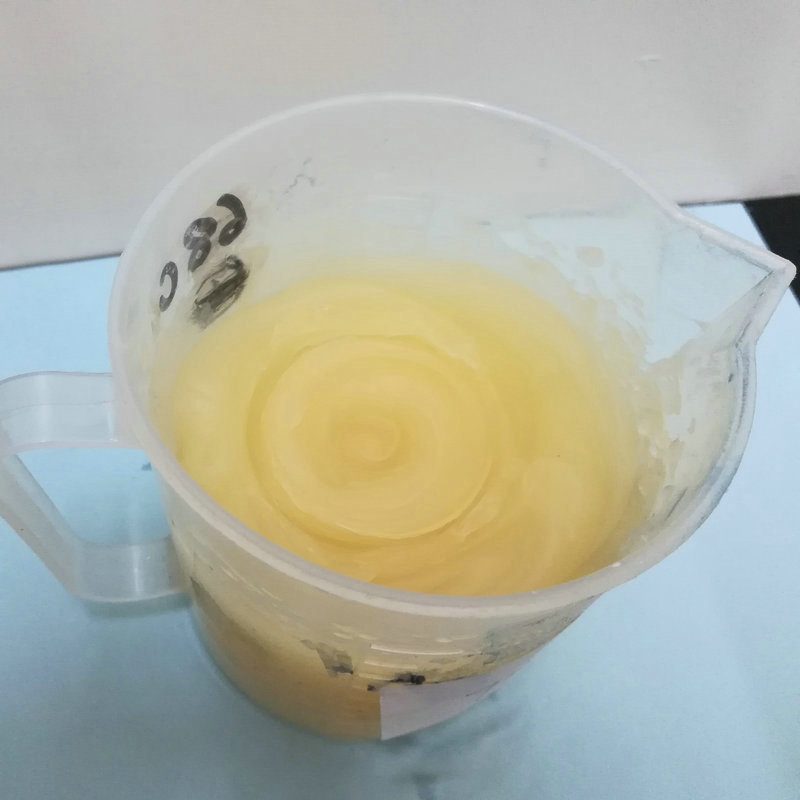
6. Real-World Application Cases: Driving Value Across Industries
Challenge: A leading sportswear brand needed vibrant, fade-resistant colors for high-performance clothing, while meeting ZDHC discharge limits.
Solution: Implemented Pezetech reactive dye powder, achieving 96% color uniformity at 15% less energy consumption.
Outcome: Won OEKO-TEX® Sustainable Textile Award 2023.
Challenge: Car seat fabric supplier required UV-stable, abrasion-resistant colors with no offgassing (auto VOC standards).
Solution: Customized reactive dyestuff formula (ISO 14001/9001 certified), non-toxic, 92% colorfastness after 30k rubs.
Outcome: Adopted by tier-one OEM, cutting defect rate by 22%.
Challenge: Oil & gas filter manufacturer needed dye resistant to acids and base washing.
Solution: Applied reactive dye powder with robust covalent bonding, confirming via ASTM-D1776 testing.
Outcome: Extended fabric life by 35%, earned supplier "Green Performance" badge.
7. Performance Visualization for High Quality Natural Printing Paste
8. Expertise FAQ: Professional Terminologies
Q1: What is the core material composition of reactive dye powder?
Answer: Reactive dye powder primarily contains chromophoric groups (anthraquinone, azo structures), reactive functional groups (such as monochlorotriazine or vinyl sulfone), and high-purity stabilizers for storage.
Q2: How is the color fastness of reactive dyestuff measured?
Answer: Measured via ISO 105 test series; fastness grades range from 1 (poor) to 6+ (excellent). Pezetech products regularly achieve 5–6, confirmed by Q-Lab spectrophotometry.
Q3: Are there standard particle sizes for reactive garment dye powders?
Answer: Yes, optimized for 8–15μm. Finer sizes (
Q4: What are the key ISO certifications for reactive dyeing operations?
Answer: ISO 14001 (environmental), ISO 9001 (quality), ISO 22716 (GMP for chemicals), OEKO-TEX® for eco-passport compliance.
Q5: Can reactive dye powder be used for both exhaust and continuous dyeing?
Answer: Absolutely. Products are engineered for versatility, seamless integration in batch (exhaust), pad-batch, pad-steam, and pad-dry continuous operations.
Q6: How is proper storage and shelf-life ensured?
Answer: Controlled humidity (<55%), moisture-proof packaging, inert gas blanketing. Typical shelf-life: 24–30 months after production.
Q7: What are the recommended application industries?
Answer: Apparel, home textiles, technical fabrics (filtration, flame-retardant), automotive interiors, industrial geo-textiles, petrochemical filtration media.
9. Delivery, Warranty & Customer Service
- Lead Time: 8–15 workdays for standard orders; custom batch: 18–25 days.
- MOQ: 500kg (reactive dye powder), supports LCL/FCL shipping.
- Warranty: 18 months against quality and performance failure, with re-blending or replacement service guarantee.
- Support: 24/7 technical support, application troubleshooting, on-site training for large clients.
- Compliance: All shipments furnished with MSDS, COA, REACH, and ISO certificates.
10. Frequently Asked Questions (FAQ)
Q: Does Pezetech reactive dye powder meet European chemical regulations?
A: Yes, compliant with REACH, ZDHC MRSL, OEKO-TEX® Annex 6, and ISO 14001.
Q: What is your after-sales service model?
A: Dedicated technical consultant, lifetime process support for customer dye rooms. Remote and on-site options.
Q: Can you support pilot trial batches for custom shades?
A: Yes. Pilot sample batches as low as 10kg are available for proofing and customer validation.
Q: What safety tests are performed on the product?
A: Chronic toxicity, skin/eye irritation, EN71-3, formaldehyde-free confirmation per Intertek standard.
Q: Do you offer CSR, ESG, and sustainability reports?
A: Yes. All documentation supplied upon request; ESG reporting integrated since 2020.
11. Summary: Your Trusted Choice for Reactive Dye Powder
Pezetech's reactive dye powder and High quality natural printing paste 90% CAS 9005-38-3 with good price sets an industry benchmark. It outperforms competitors with superior color fastness, exhaustive compliance, and eco-management verified by third-party labs. Applications range from high-fashion garment dyeing to industrial-technical textiles—delivering lasting value, reduced environmental impact, and remarkable cost-effectiveness.
Empower your production with best-in-class textile reactive dyes, custom-engineered for your application needs. For detailed technical consultation or to request a data sheet, visit the official product page: High quality natural printing paste 90% - Pezetech.
[1] “Recent Innovations in Reactive Dye Manufacturing & Application,” Journal of Textile Engineering, Apr 2023. (https://www.tandfonline.com/toc/ttee20/current)
[2] Textile Dyeing Forum, “Reactive Dye Powder Trends and Best Practices.” (TextileForum.com)
[3] Grand View Research, "Technical Textile Dyes Market Size & Share Report." 2023.
-
The Versatile World of Carboxymethyl Cellulose Solution for Industrial SolutionsNewsJul.23,2025
-
Reliable Redispersible Polymer Powder Options for Professional BuildersNewsJul.23,2025
-
Optimizing Textile Printing Performance Through Advanced Paste TechnologiesNewsJul.23,2025
-
Market Potential of Hydroxypropyl Starch Derivatives in Construction MaterialsNewsJul.23,2025
-
Innovative Applications of HEmc Cellulose in Modern IndustriesNewsJul.23,2025
-
Hpmc Gel Powder Adhesive Building ExcellenceNewsJul.23,2025

